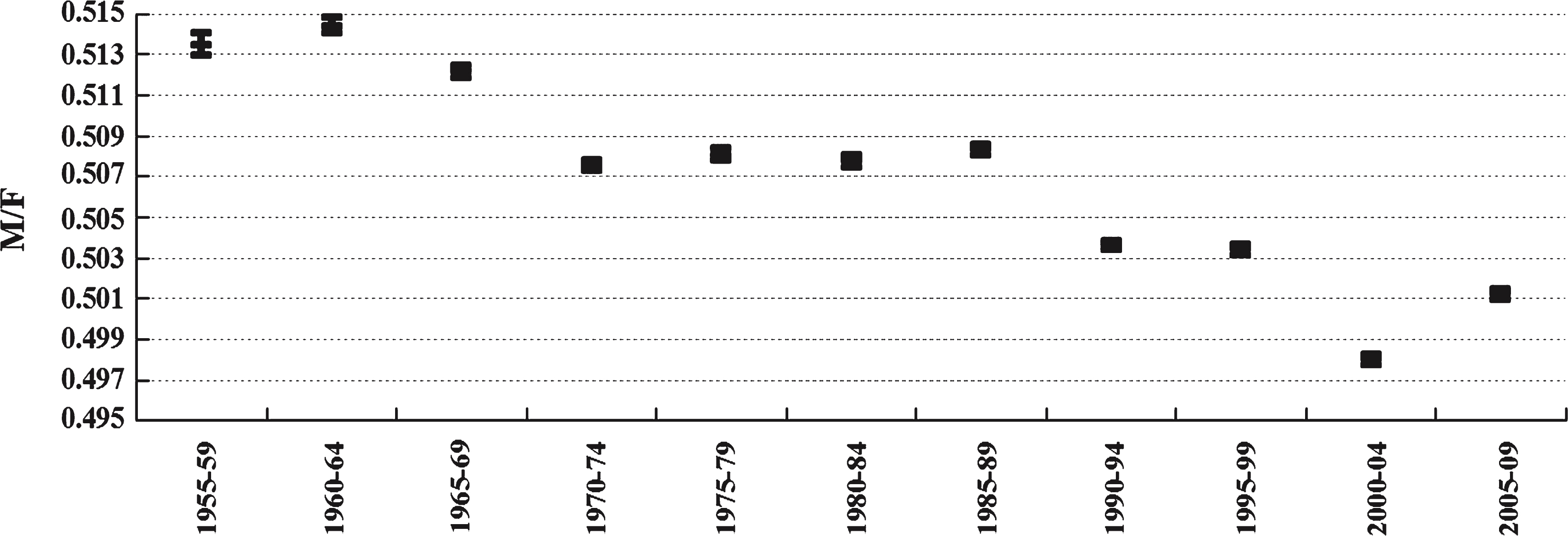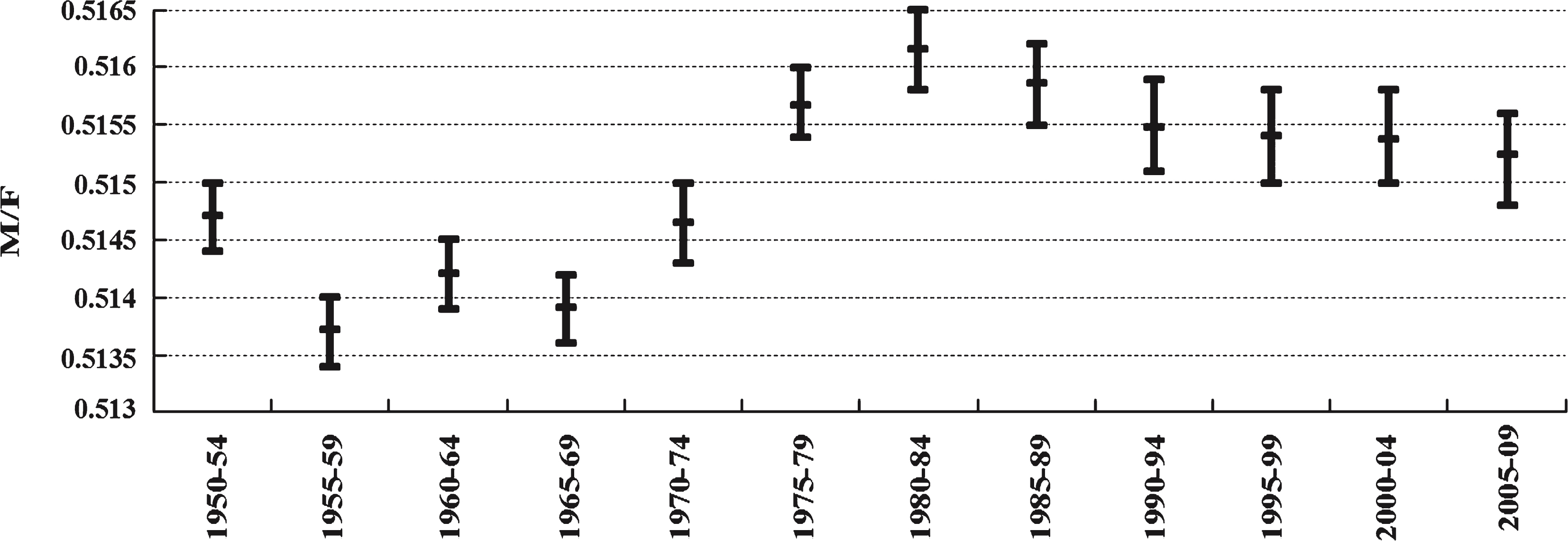Letter to the Editor
Response to The Letter to the Editor by Alfred K ö rblein concerning “Atomic bomb testing and its effects on global male to female ratios at birth” by Victor Grech, International Journal of Risk and Safety in Medicine 27 (2015), 35-44. DOI 10.3233/JRS-150641
Sir,
In the recently published paper, no direct claims were made since only relatively indirect global ambient radioactivity levels are available [1]. However, available data from reputable sources clearly shows a global annual average population radiation exposure that peaked in 1962 and 1963 shortly after a spike in atomic bomb testing that pre-empted the Partial Test Ban Treaty of 1963 [2]. Ambient global radiation levels fell progressively thereafter.
Korblein’s statement that WHO data only goes as far back as 1970 is incorrect. For most countries, data is available as far back as 1950, and this data has been used not only to review country level data, but also data at continental level [3, 4, 5].
Korblein also performs analysis for the US and five large European countries. The dataset used in the paper in question had far greater power due to the larger numbers involved (all countries reporting births to WHO, worldwide) [2]. Moreover, Korblein attempts to link his analysis to annual cesium-137 concentrations in grass samples at Rothamsted, north of London in the UK [6]. This is arguably a rather narrow perspective from which to attempt to assess global radiation trends.
A possible explanation for the delay in radiation effect on the gender ratio at birth is the obvious fact that windborne radioisotopes generated by atomic bomb tests would have to travel around the world and eventually fall to the ground by precipitation. Indeed, the study demonstrated that overall, 94.5% of the data showed a uniform reduction in M/F between the early 1950 s to the late 1960 s, followed by an increase to the mid-1970 s, with a subsequent decline. If it is postulated that radiation effects the male foetus more than the female foetus, then it would be expected that the increase in males would parallel a decline in total births. And indeed, 66% of the data displayed such a correlation in regions which exhibited a rise in males in the 1970 s [1].
Korblein also wondered why data was not graphically depicted (although said data was tabulated in the paper) [1]. Two graphs are thus shown for the edification of the readers for only two regions (due to space restrictions), Mexico and pooled Southern European data (in a methodology that has been previously described) [3] in Figs 1 and 2, respectively. Data is depicted as M/F i.e. male births divided by total births along with 95% confidence intervals. Both regions clearly display the abovementioned pattern: an initial reduction in M/F between the early 1950 s to the late 1960 s, followed by an increase to the mid-1970 s, with a subsequent decline. Korblein’s contention that gender ratio effects may have been due to strontium content in pregnant women may well be a valid point that might be usefully explored if such data is available.
References
1 | Grech V(2015) Atomic bomb testing and its effects on global male to female ratios at birthInt J Risk Saf Med27: 3544 |
2 | Vanmarcke H. UNSCEAR 2000: Sources of ionizing radiation. Boeretang: Departement Stralingsbeschermingsonderzoek, 2000 |
3 | Grech V, Savona-Ventura C, Vassallo-Agius P(2002) Unexplained differences in the sex ratio at birth in Europe and North AmericaBMJ324: 10101011 |
4 | Grech V(2013) Secular trends in sex ratios at birth in South America over the second half of the 20th centuryJ Pediatr (Rio J)89: 505509 |
5 | Grech V(2013) Secular trends and latitude gradients in sex ratios at birth in Asia over the past sixty yearsPediatr Int55: 219222 |
6 | Warneke Th, Ian W, Croudace IW, Warwick PhE, Taylor RN(2002) A new ground-level fallout record of uranium and plutonium isotopes for northern temperate latitudesEarth and Planetary Science Letters203: 3-410471057 |
Figures and Tables
Fig.1
Male to female ratio at birth for Mexico, 1955– 2009 (total births, n = 120,304,570).

Fig.2
Male to female ratio at birth for pooled data for Southern Europe, 1950– 2009 (total births, n = 99,285,248).





